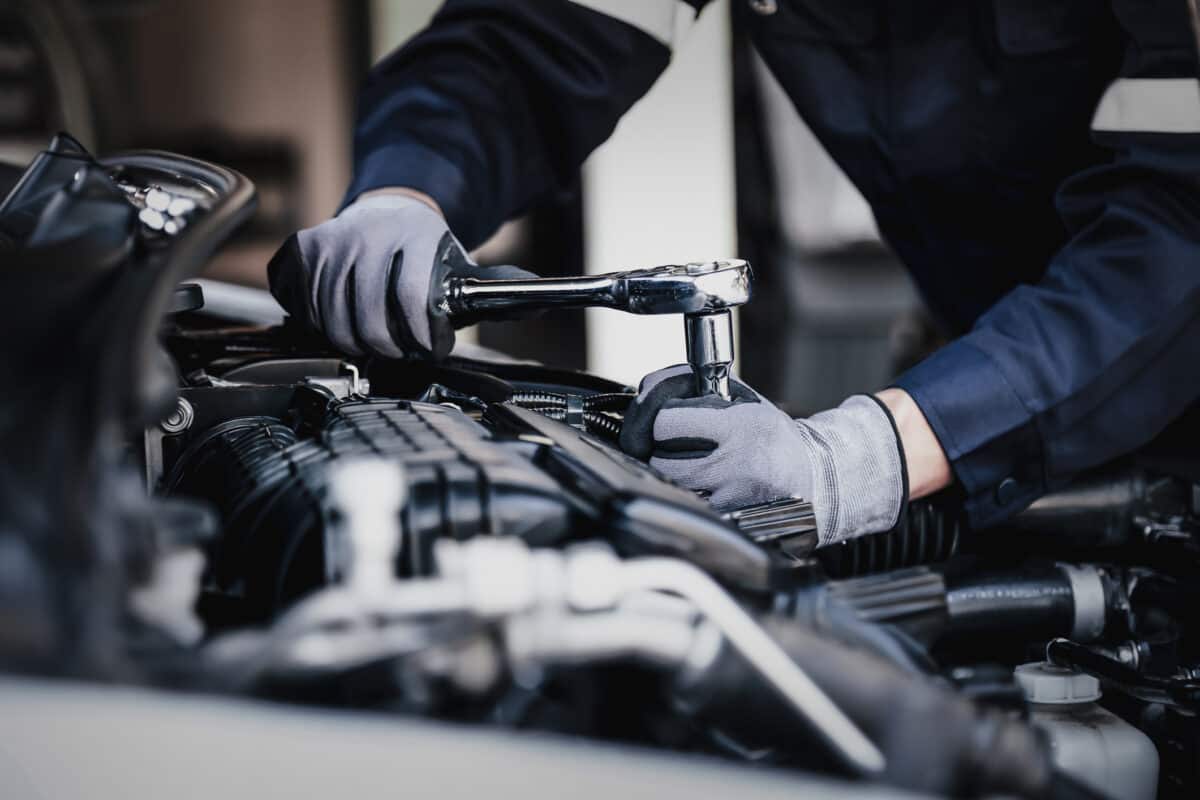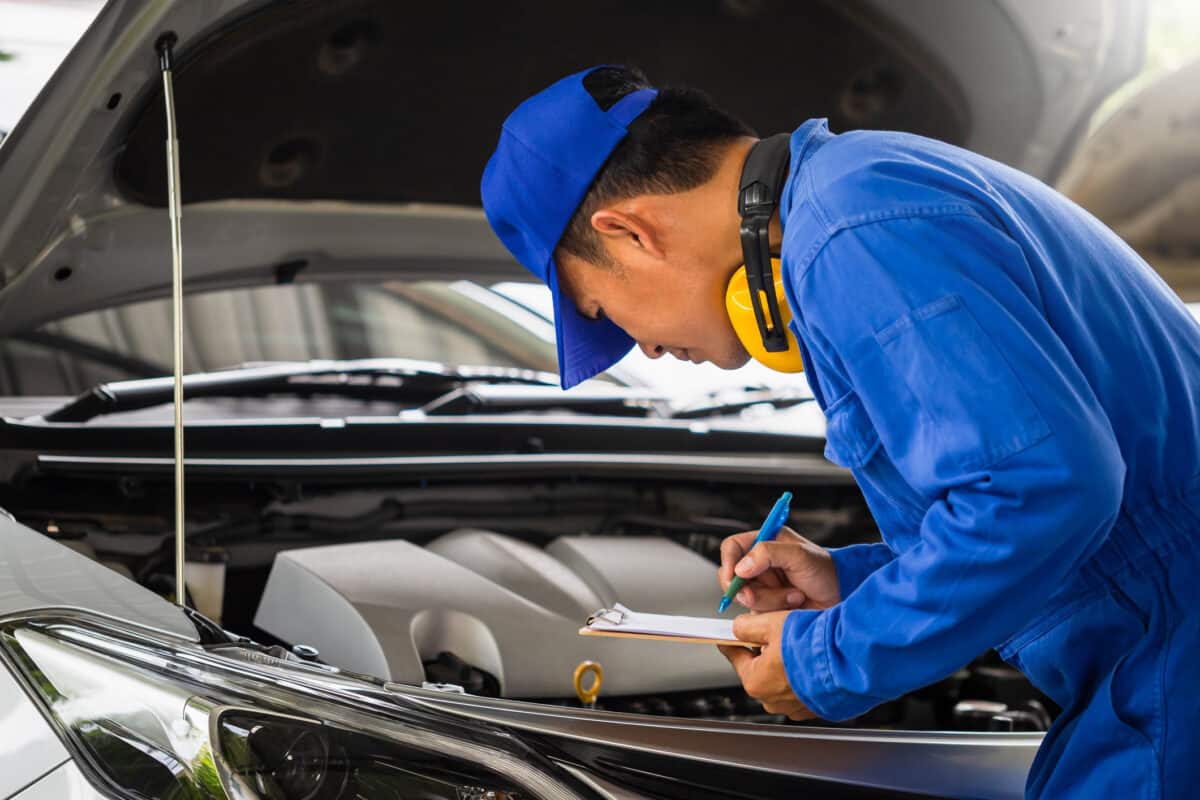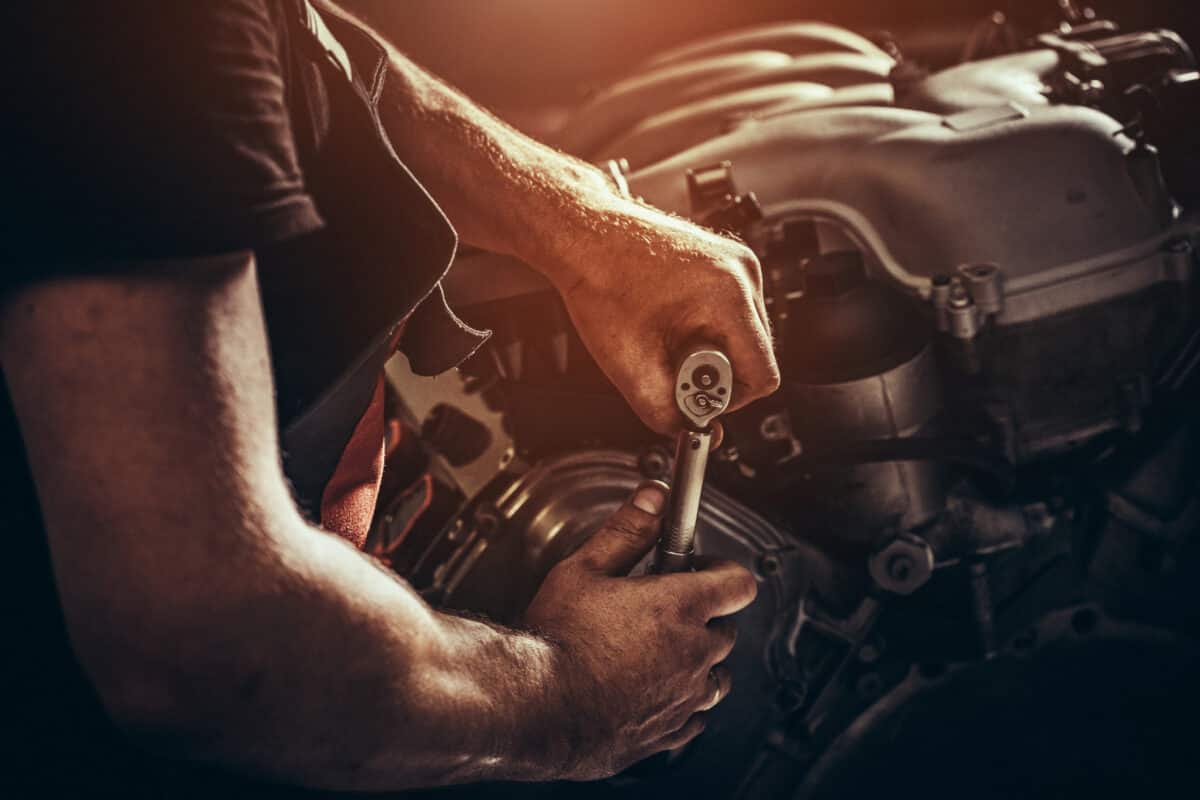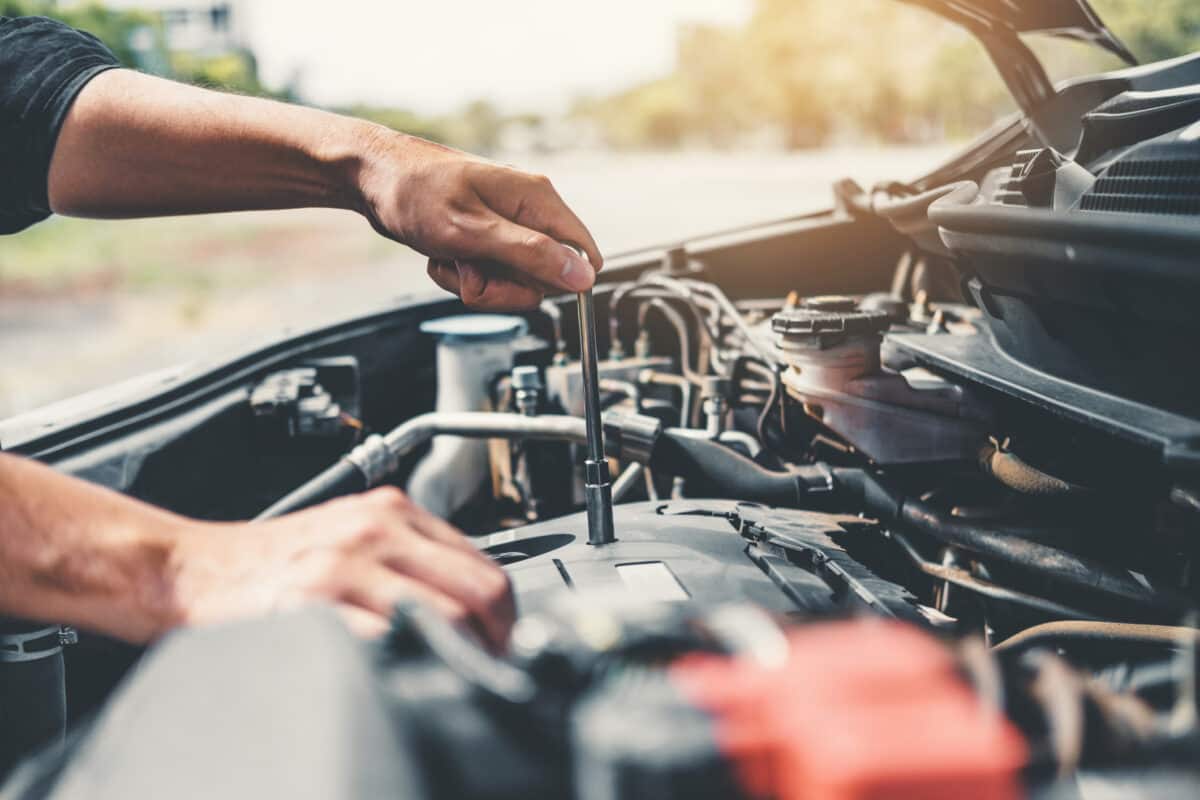
The transmission is one of the most critical components of a vehicle’s powertrain. It transmits power from the engine to the wheels, allowing the vehicle to move. But did you know that you can upgrade your transmission parts to improve your car’s performance? This is where performance transmission parts come in.
The transmission components are aftermarket components designed to replace or upgrade the stock parts in a vehicle’s transmission. Upgrading these parts can result in significant performance improvements, including increased power, better acceleration, improved fuel efficiency, and enhanced durability.
The different types of transmission parts available can vary depending on the make and model of the vehicle. However, some common examples include upgraded torque converters, high-performance clutch kits, shift kits, transmission coolers, aftermarket transmission pans, and performance transmission controllers. Each component serves a specific function and can work together to optimize a vehicle’s transmission performance.
While performance transmission parts can provide many benefits, they’re not for everyone. Installing these parts requires some mechanical knowledge and expertise and can be costly. It’s also important to note that upgrading one transmission component may require upgrading others to achieve the desired performance improvements.
This blog will examine the different types of performance transmission components available, the benefits of upgrading, factors to consider when choosing parts, and installation and maintenance tips to keep your car running smoothly. Whether you’re a seasoned racer or simply looking to improve your daily driving, understanding the basics of transmission components is the first step to optimizing your vehicle’s performance.
Types of Performance Transmission Parts: Torque Converters, Clutch Kits, and More
Performance transmission components come in various types, each designed to enhance the functionality of a vehicle’s transmission system. Upgrading to these parts can provide significant performance improvements, such as increased power, better acceleration, improved fuel efficiency, and enhanced durability.
One of the most critical transmission parts is the torque converter. It’s responsible for transmitting the engine’s power to the transmission and enabling smooth gear changes. Upgraded torque converters have a higher stall speed than stock converters, allowing the engine to reach higher RPMs before engaging the transmission. This results in improved acceleration and overall performance.
Another crucial performance transmission part is the clutch kit. It’s responsible for engaging and disengaging the engine from the transmission. Upgrading to a high-performance clutch kit can provide improved clutch engagement, increased torque capacity, and better heat dissipation. This results in smoother shifting and enhanced durability.
Shift kits are another type of performance transmission part that can provide significant performance improvements. They modify the transmission’s shift points and firmness, resulting in faster and smoother gear changes. This can help to optimize acceleration and overall performance.
Transmission coolers are essential performance transmission parts for high-performance vehicles. They help to dissipate the heat generated by the transmission fluid, preventing overheating and prolonging the life of the transmission. Upgraded transmission pans can improve cooling by increasing fluid capacity and providing better circulation.
Performance transmission controllers are a newer type of performance transmission part. They allow the driver to control and adjust the transmission’s shift points and firmness, providing customized performance settings for different driving conditions. These controllers can help optimize performance and fuel efficiency while improving the driving experience.
Different Types of Converters
In the world of performance transmission parts, there are various options to choose from when it comes to torque converters.
- Billet cover converter: One popular choice is the billet cover converter, known for its increased strength and durability.
- Lockup converter: Another option is the lockup converter, designed to improve fuel efficiency by locking the torque converter at cruising speeds.
- Non-lockup converter: Non-lockup converters are typically used in high-performance applications where the ability to lock up the converter is unnecessary.
- Damper-style converter: Damper-style converters are designed to absorb shock and vibrations, making them a good choice for off-road or heavy-duty vehicles.
- Multi-disc converter: Lastly, multi-disc converters offer improved torque capacity and are often used in high-performance racing applications.
It’s essential to consider your specific needs and driving style when choosing a torque converter, as each type offers unique advantages and disadvantages.
The Benefits of Upgrading Your Transmission Parts: Increased Power, Efficiency, and Durability
Upgrading your vehicle’s transmission parts to high-performance alternatives can provide many benefits.
One of the primary benefits of upgrading your transmission parts is increased power. Transmission components are designed to handle higher power outputs and transmit more power from the engine to the wheels. This can improve acceleration, faster speeds, and better overall performance.
Another benefit of upgrading your transmission parts is improved fuel efficiency. Transmission parts can optimize the operation, resulting in better fuel economy. For example, upgrading to a higher stall speed torque converter can help reduce engine RPMs at cruising speeds, improving fuel efficiency.
Upgrading to performance components can also provide enhanced durability and longevity. High-performance parts are typically made from more robust and durable materials than stock parts and are designed to handle the increased stress of high-performance driving. This can result in a longer lifespan for your transmission and can also prevent the need for expensive repairs down the line.
In addition to the above benefits, upgrading your transmission parts can improve overall vehicle performance. The improved power, acceleration, and fuel efficiency can work together to provide a more satisfying and enjoyable driving experience.
It’s important to note that the benefits of upgrading to transmission parts may vary depending on the type of vehicle and driving conditions. However, in general, upgrading your transmission parts can provide significant improvements in power, efficiency, durability, and overall performance.
Choosing the Right Performance Transmission Parts for Your Vehicle and Driving Style
Choosing the correct performance transmission parts for your vehicle and driving style ensures you get the most out of your upgrade.
Your driving is one of the most critical factors when choosing transmission parts. For example, if you do a lot of towing or hauling, you’ll want to prioritize parts that can handle the increased stress and weight. On the other hand, if you primarily use your vehicle for street racing or performance driving, you may want to focus on parts that provide the most significant performance gains.
Your vehicle type is also an important consideration when choosing performance transmission parts. Different vehicles require different types of parts, and some parts may not be compatible with certain makes and models. Be sure to check compatibility before making a purchase.
Your budget is another crucial factor to consider when choosing transmission parts. Upgrading to high-performance parts can be expensive, and it’s essential to determine how much you’re willing to spend before making a purchase. However, it’s also important to remember that investing in high-quality parts can provide long-term cost savings by reducing the need for repairs and replacements.
Compatibility with other performance parts is also important when choosing transmission parts. Upgrading one component can impact the performance of other vehicle parts, so it’s essential to ensure that your transmission parts are compatible with any other performance upgrades you have made or plan to make.
Installation and Maintenance: Getting the Most Out of Your Performance Transmission Parts
Installing and maintaining your upgraded transmission parts ensures you get the most out of your upgrade.
Professional installation is highly recommended when upgrading to performance transmission parts. A professional installer can ensure that the parts are installed correctly and that any adjustments are made to optimize performance. This can help prevent damage to your vehicle and ensure you get the most out of your upgraded parts.
Regular maintenance and inspections are also essential for keeping your upgraded transmission parts in top condition. Follow the manufacturer’s recommended maintenance schedule and inspect your parts regularly for any signs of wear or damage. Catching and addressing issues early can help to prevent more significant problems down the line.
Troubleshooting common issues is another crucial aspect of maintaining your upgraded transmission parts. Be sure to familiarize yourself with the common issues that can arise with performance transmission parts and how to diagnose and fix them. This can help to prevent costly repairs and keep your vehicle running smoothly.
In addition to regular maintenance and troubleshooting, keeping your upgraded transmission parts clean and debris-free is essential. This can help prevent damage to the parts and optimize their performance.
Conclusion
Performance transmission parts can be an excellent upgrade for your vehicle, providing increased power, efficiency, and durability. Upgrading to high-quality parts can result in improved acceleration, better fuel efficiency, increased torque, and horsepower, and enhanced overall vehicle performance. When choosing performance transmission components, you must consider your driving style, vehicle type, budget, and compatibility with other performance parts.
Proper installation and maintenance of your upgraded transmission parts are also crucial for ensuring you get the most out of your upgrade. Professional installation, regular maintenance and inspections, troubleshooting common issues, and keeping your parts clean can help optimize the performance and longevity of your upgraded parts.
In conclusion, investing in performance transmission parts is an excellent way to enhance your vehicle’s performance and driving experience. By choosing the right parts, maintaining them properly, and getting professional installation, you can enjoy the benefits of increased power, efficiency, and durability. With these upgrades, your vehicle will perform at its best, whether you’re towing and hauling, street racing, or simply looking for a smoother, more enjoyable ride.


